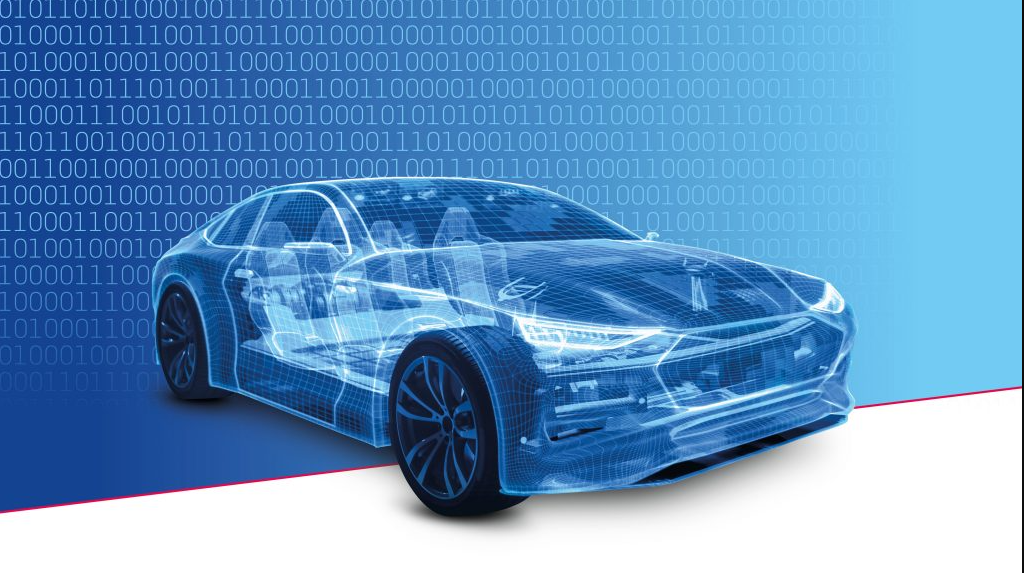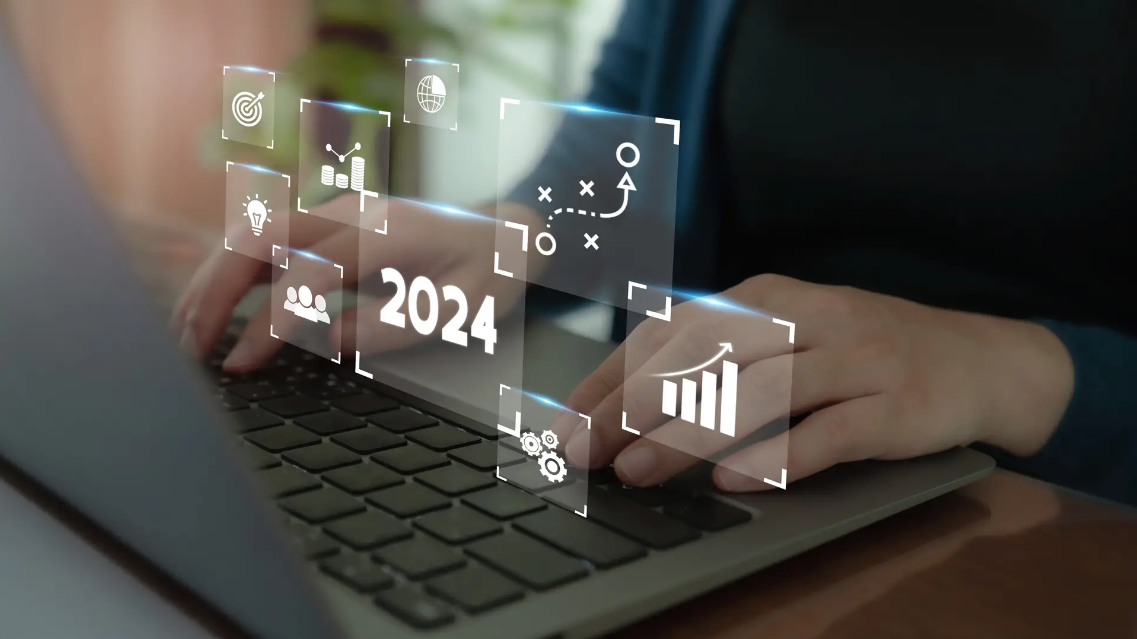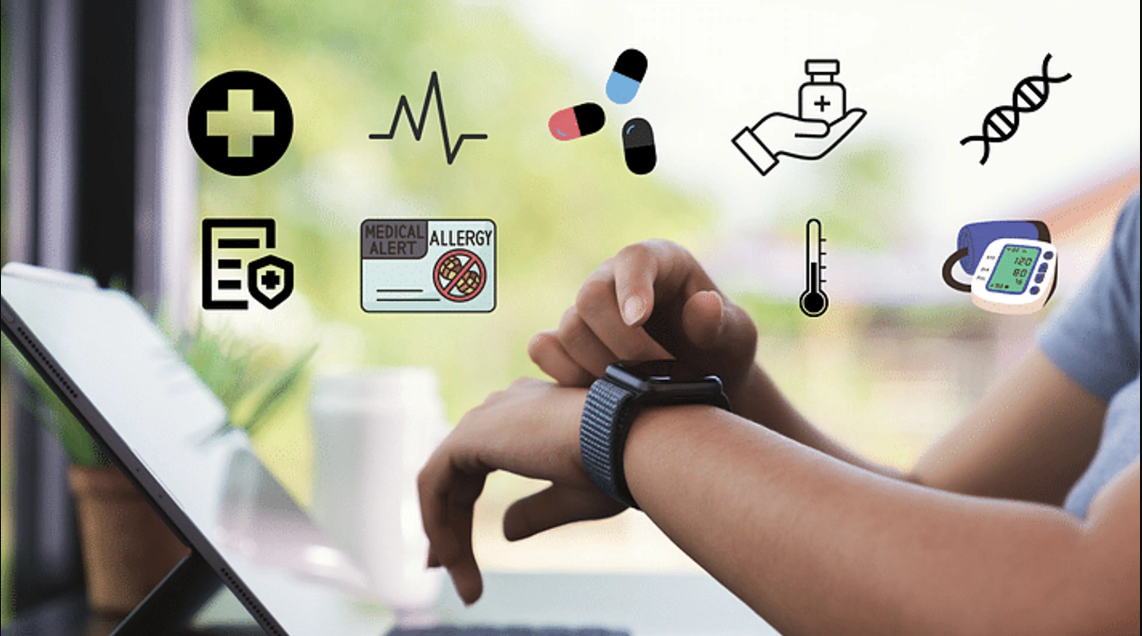Revolutionizing Healthcare with Wearable Technology
Healthcare is undergoing a change, and wearable technology is leading this revolution. Not only enables people to check in on their health from home or while running, like most advanced health conditions; it offers unprecedenteted capablities for monitoring, diagnising and treat the same. Now devices such as smartwatches, fitness monitors, get get you numbers right all have a role to play in defining both patient and health providers approach to wellness and disease.
We can give our products accuracy by putting in these types of interfaces. It may lie in the method of analysis. As the technology behind these devices gets more and more advanced, they seem like they will be able to induce changes in patient outcomes, improve care quality and lower healthcare expenditures altogether. Here we take a closer look at how wearable technology is changing healthcare.
The Emergence of Wearable Health Monitoring via Wearable Devices There are wearable devices galore, from consumer level fitness trackers to high-end medical equipment. These wearables monitor and analyze a various health indicators in real time, giving timely information about an individual’s physical state and physiology. Wearables have become powerful tools in health care with the convergence of sensor technology, data connectivity and data analytics.
Fitness Trackers and Smartwatches: Popular gadgets such as Fitbit and the Apple Watch have led to health monitoring becoming popular with ordinary society. They record steps, heart rate, sleep patterns and other physical activities asket their users to lead healthier lifestyles in general. Now this device can also do things such as making electrocardiograms (ECGs) or measure the blood oxygen level in a user on top of its original functions.
Medical-Grade Wearables: In addition to consumer devices, medical-level wearables are aimed at clinical application and offer precise management of chronic conditions. Products like continuous glucose monitors (CGMs) for managing diabetes or wearable ECG monitors for heart health are life-saving sources of data. Such wearables open new realms of remote patient monitoring, allowing healthcare providers to keep track of patient conditions between visits and take action as necessary.
Warren Wearable Health’s Application Scenarios Wearable devices are changing the healthcare landscape in innumerable ways. Above and beyond preventive care, wearable technology is used on a daily basis in the management of chronic diseases like diabetes and hypertension. Continuous monitoring by wearable devices of basic vital signs and physiological parameters allows patients to bring about better control over their own diseases thanks in part to early discovery through such means when conditions prove difficult for doctors to recognize themselves.
For example CGMs produce immediate readings of blood glucose level, enabling people with diabetes to check their blood sugar levels and try to avoid hypoglycemia or hyperglycemia from occurring. Remote Patient Monitoring: Wearable technology makes it easier to monitor patients at a distance, reducing in-person visits and hospital stays. Patients can receive care from home and their data is sent to health care providers in real time. Such a method is especially suitable for elderly or disabled patients, offering the convenience of self-management and timelier interventions when needed.
Early Identification and Prevention: Wearables make early disease detection possible, even before symptoms have made their presence felt. Devices that monitor heart rate variability, sleep quality and activity levels are all able to recognize trends that could indicate potential health problems’ onset. Early intervention can stop the progress of conditions and improve patient outcomes, it may also help cut down on medical costs.
Fitness and Wellness: No longer just an item of personal health or leisure, the data from fitness trackers is expected to help us know more about national health trends too. By setting realistic goals for physical exercise each day–for the whole family to work together at. You’ll need an app on your phone and if this gets lost or broken then it’s no longer very convenient but–that kind of difficulty is minor in comparison with the fact wearables now enable families (or groups)easily to share their social medical knowledge with friendshelp each other maintain good physical condition etc. Wearable technology not only empowers personal fitness but also provides a wealth of information about national health!,so labeled when he is bound to be sick.










